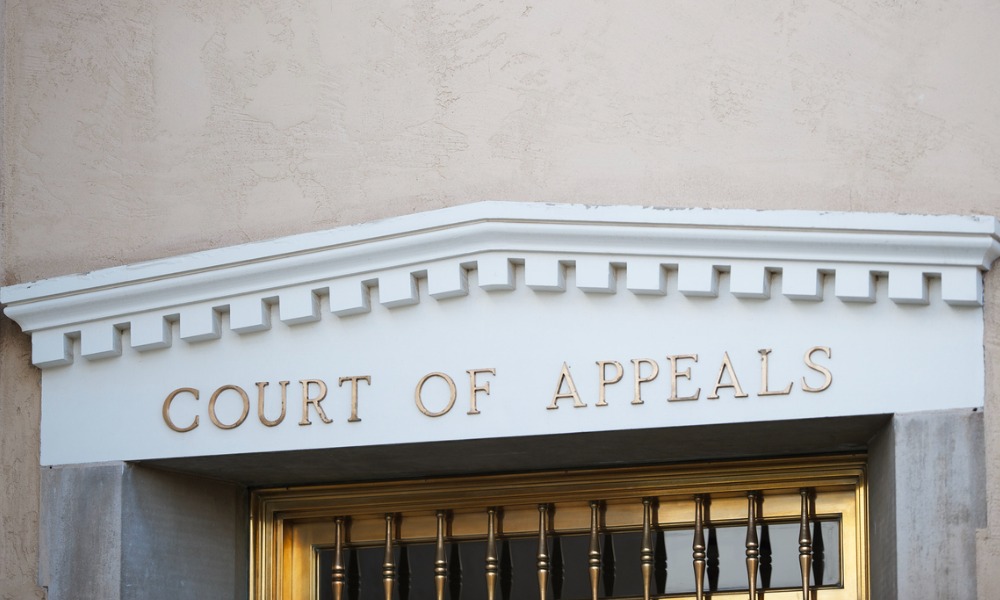When it comes to diversity and inclusion, New Zealand and Australia are leading the way
.jpg)
There is an increasing trend towards appointing people responsible for leading D&I initiatives, according to Anthony Armstrong, country manager – Australia, at Russell Reynolds Associates.
This includes committees of senior executives with a manager responsible for implementing a D&I program that might have an LGBTI component, an ethnic diversity component, or a male/female split taskforce.
This is what we are seeing more of in the bigger corporations, including the banks and the telecommunications companies, Armstrong told HRD.
“They have specific programs against each of the groups in order to accelerate the numbers, but the key factor is having the leadership involved and engaged,” he said.
“You will see that in a number of the banks that the CEO is the key stakeholder of these groups, so they have got a very high level of personal commitment and engagement, and that does tend to drive an outcome.”
Armstrong’s comments come as new research indicates that leadership teams in Australia and New Zealand are ahead of the curve when it comes to D&I.
The results from a report by Russell Reynolds Associates found that Australian and New Zealand companies are almost twice as likely to set diversity goals when it comes to appointing senior leadership (56% ANZ v just 38% globally).
Aimee Williamson, executive director at Russell Reynolds Associates, added that there are very specific activities that organisations have been focused on from a D&I perspective around the talent life cycle.
“This includes looking at how aligned the D&I is to the business strategy, as the best organisations will ensure that the strategy and the D&I policies are well-aligned and promoted from the top-down,” Williamson told HRD.
It is also important to look at the attraction side of things, including how to build D&I into the employer brand, she said.
“What strategies do you have in place to attract diverse talent?”
Williamson added that there is also a selection process which includes ensuring that selection processes are free from unconscious bias and are very inclusive.
“And making sure that the candidate slate is diverse and representative as well,” she said.
“So it’s about ensuring that the development program is focused on fostering a diverse talent base.
In terms of a retention, it is about making sure that the culture allows people to bring diversity to the fore and help capitalise and drive that organisation forward, she added.
“In retention, we see things like HR policies for flexibility, encouragement of networking, mentoring groups, etc. So there are lots of specific activities for organisations to implement through that whole talent life cycle.”
The results also found Aus/NZ companies place a higher priority on retaining diverse talent than the rest of the globe (60% of ANZ v just 47% globally).
The results came from Russell Reynolds Associates recent D&I Report which surveyed more than 2,000 senior executives globally.
This includes committees of senior executives with a manager responsible for implementing a D&I program that might have an LGBTI component, an ethnic diversity component, or a male/female split taskforce.
This is what we are seeing more of in the bigger corporations, including the banks and the telecommunications companies, Armstrong told HRD.
“They have specific programs against each of the groups in order to accelerate the numbers, but the key factor is having the leadership involved and engaged,” he said.
“You will see that in a number of the banks that the CEO is the key stakeholder of these groups, so they have got a very high level of personal commitment and engagement, and that does tend to drive an outcome.”
Armstrong’s comments come as new research indicates that leadership teams in Australia and New Zealand are ahead of the curve when it comes to D&I.
The results from a report by Russell Reynolds Associates found that Australian and New Zealand companies are almost twice as likely to set diversity goals when it comes to appointing senior leadership (56% ANZ v just 38% globally).
Aimee Williamson, executive director at Russell Reynolds Associates, added that there are very specific activities that organisations have been focused on from a D&I perspective around the talent life cycle.
“This includes looking at how aligned the D&I is to the business strategy, as the best organisations will ensure that the strategy and the D&I policies are well-aligned and promoted from the top-down,” Williamson told HRD.
It is also important to look at the attraction side of things, including how to build D&I into the employer brand, she said.
“What strategies do you have in place to attract diverse talent?”
Williamson added that there is also a selection process which includes ensuring that selection processes are free from unconscious bias and are very inclusive.
“And making sure that the candidate slate is diverse and representative as well,” she said.
“So it’s about ensuring that the development program is focused on fostering a diverse talent base.
In terms of a retention, it is about making sure that the culture allows people to bring diversity to the fore and help capitalise and drive that organisation forward, she added.
“In retention, we see things like HR policies for flexibility, encouragement of networking, mentoring groups, etc. So there are lots of specific activities for organisations to implement through that whole talent life cycle.”
The results also found Aus/NZ companies place a higher priority on retaining diverse talent than the rest of the globe (60% of ANZ v just 47% globally).
The results came from Russell Reynolds Associates recent D&I Report which surveyed more than 2,000 senior executives globally.





